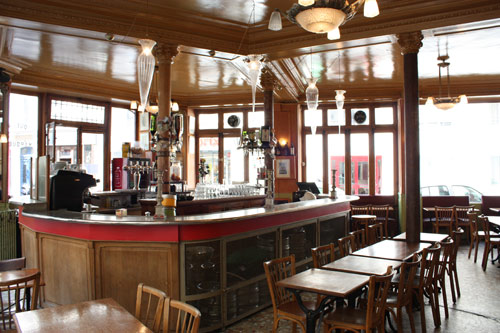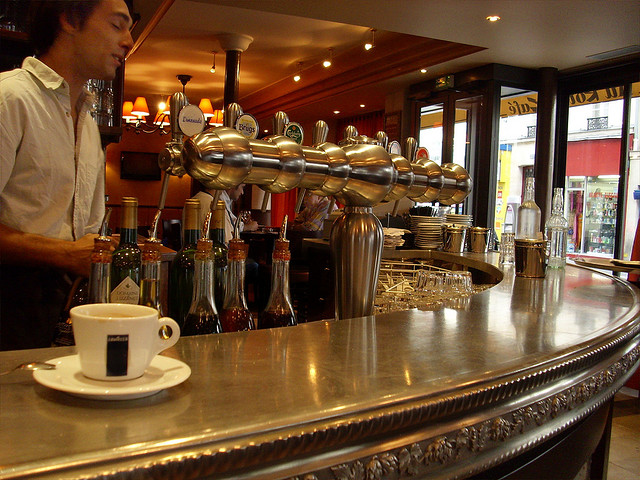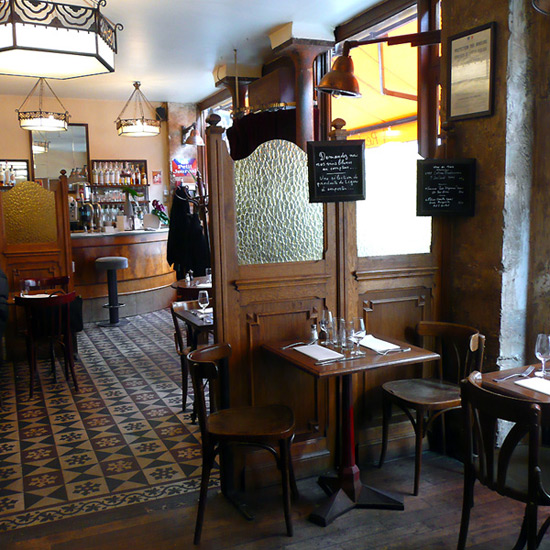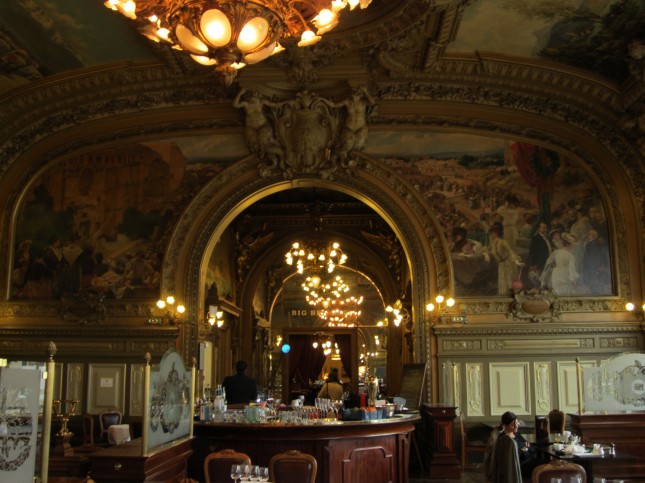Emile Zola wrote of le zinc in his 1873 book The Belly of Paris and described it as a counter for serving customers in bars and cafes. This bar, of course, got its name from the galvanized steel countertop on which these drinks were served. Just a few years later the term was used to name the cafes and bar themselves, which almost exclusively served coffee, wine and beer with small snacks like cheese and hard boiled eggs sometimes available. They were, essentially, the neighborhood bar, the equivilent in many ways of the local pub in Britain. They didn’t always have a metal countertop, but that particular element has become symbolic of the perfect Parisian bar. Many of these bars were disrobed of their metal during the occupation of the second World War. Fortunately many survived and many new bars are incorporating this timeless style.


























